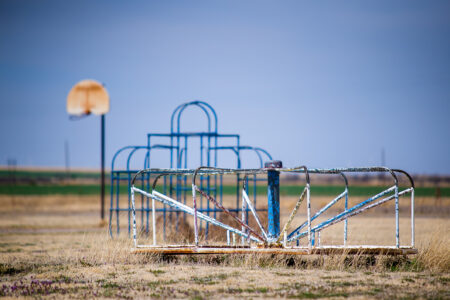Share On Social!
In the past 15 years, the drowning rate of school-age children in Broward County, Fla., has plummeted thanks in part to SWIM Central, a program that provides free water safety education classes and transportation for public school children.
However, drowning rates remain the No. 1 cause of death among children younger than 5.
SWIM Central’s manager and primary funder, the Children’s Services Council, teamed up to develop a voucher program for parents to get their children under 5 into water safety education classes for free or very low cost.
Drowning is No.1 Killer in South Florida
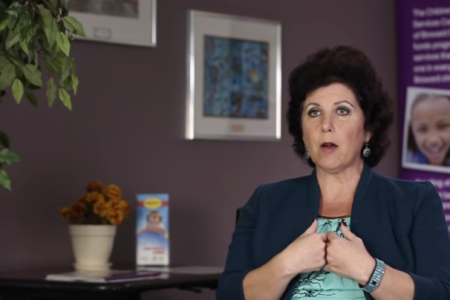
Cindy Arenberg Seltzer and Jay Sanford have long been advocates for water safety education for children in Broward County, Fla. (27.5% Latino).
Seltzer is president and CEO of the Children’s Services Council (CSC), which funds programs and services to enhance children’s lives, including SWIM Central, a coordinating agency for water-safety instruction based at the Parks and Recreation Department of Broward County. Sanford is manager of SWIM Central.
SWIM Central provides 10, 30-minute water safety education classes over a two-week period mainly for elementary- and middle-school students. The curriculum-based program is taught by certified water safety instructors at various facilities across the county. Facilities get reimbursed at a rate of $32 per student for use of their pools and staff, resulting in year-round revenue-generating swim programs.
D
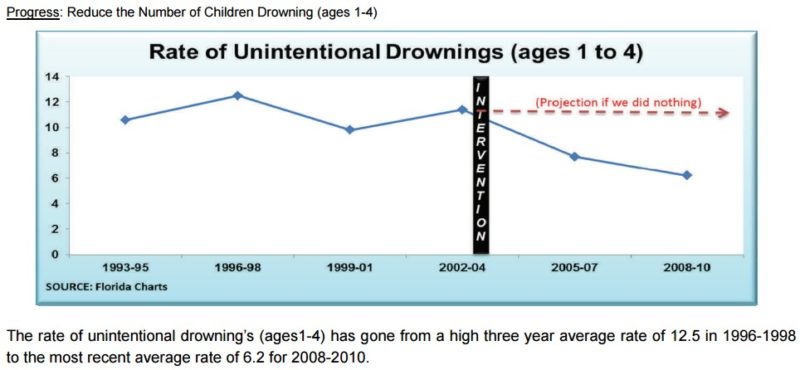
Source: Children’s Services Council of Broward County Annual Report 2014-2015.
rowning rates among school-age children in Broward County have plummeted since SWIM Central began in 1999.
“Of 475,000 kids, only one student that had gone through the program has drowned after the program,” Sanford said. “That’s a 99.9992% success rate.”
But what about children younger than age 5?
Drowning remains the No. 1 killer of children younger than 5 in South Florida. It can happen in as little as two minutes and can lead to death. And for every child that dies, another five suffer nonfatal submersion injuries that may result in severe brain damage, long-term memory problems, learning disabilities, and permanent loss of basic functioning.
Drowning and related injuries disproportionately burden African Americans and Latinos, likely due to historical social and environmental injustices that limit access to swimming pools.
Water safety education is important for drowning prevention, but it also increases children’s opportunities for physical activity and much more.
“It is sensory, it is developmental, it is social, and it is individual,” said Ingrid Garcia of the Broward Children’s Center, which provides school programming for infants, children, and young adults with disabilities. “It is definitely very sensory to have kids put their heads under the water. These children are socializing with and trusting [trained water safety] instructors and overcoming personal fears and barriers.”
Seltzer and Sanford wanted to find a way to include the youngest childhood age group (6 months to 4 years) in water-safety classes that could promote water safety and the health and academic benefits of swimming.
Expanding to Reach Kids Under 5
The CSC, established in 2000 by Broward County voters to levy a 0.48% property tax in order to fund programs that enhance children’s lives, has provided at least $400,000 annually for SWIM Central since 2001. SWIM Central uses the funds to cover the cost of water safety instructions through Broward County Public Schools and public swimming facilities.
CSC faced a crossroads on Nov. 4, 2014, as Broward County voters weighed a ballot measure that would cut their property taxes or maintain CSC.
Seltzer, even before the CSC reauthorization went to a public vote that year, approached the CSC board and requested money from a small pot of funds that hadn’t been assigned, but was set aside for urgent issues. She believed drowning prevention for kids younger than 5 was urgent.
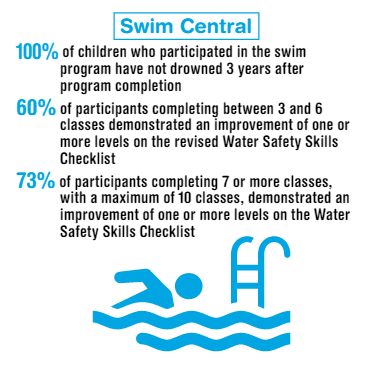
Source: Children’s Services Council of Broward County 2014-2015 Annual Report
CSC ended up getting reauthorized with 76% of the vote.
The victory fueled Seltzer to continue brainstorming ways to expand the #SaferBy4 campaign and water safety education to reach kids younger than 5.
She and Sanford began discussing ideas.
They first thought they would have early childcare providers sign up for SWIM Central, just like grade-schools do, but early childcare and pre-K centers often don’t have reliable transportation or face other barriers to access pools, Seltzer said.
Seltzer got an idea for a voucher program.
A voucher could allow parents to directly take their kids—ages 6 months to 4 years or younger—to any SWIM Central-affiliated pool for free water safety education provided through SWIM Central, Seltzer said.
New Voucher Program with Existing Partners
In late 2014, Seltzer approached Sanford with her idea for a voucher program.
She and Sanford discussed and planned out the logistics, cost, and feasibility of pool facilities accepting vouchers from parents.
Seltzer pitched the idea to the CSC board.
She cited statistics, including, 15 of 17 children who drowned in Broward County in 2003 were younger than 3. Seven children who were younger than 4 drowned in 2013, and nine in 2014.
The drowning rates among children overall are declining, thanks to SWIMCentral and other programs, but drowning rates remain higher among younger children, minorities, and low-income populations, she said.
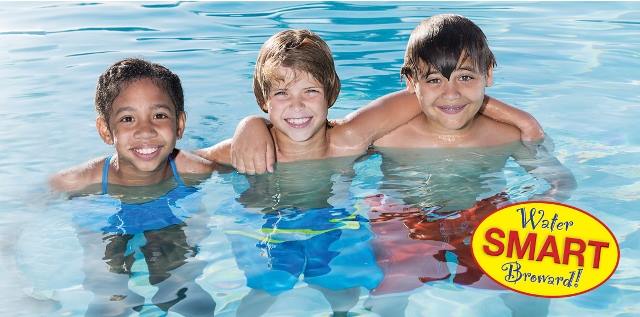
Source: Water Smart Broward
A voucher program would be a way to address those at-risk groups, Seltzer said.
SWIM Central already had contracts with many pools and facilities—including 17 new pools and six renovated pools mostly in disadvantaged neighborhoods in Broward County—so they just had to set a reimbursement rate that SWIM Central would pay the facilities for accepting vouchers from parents.
They set a rate of $40 per child between the ages of 6 months or older and 4 years or younger.
Parents or families of children ages 6 month to 4 years would be able to visit the Water Smart Broward website to request a voucher be mailed to them.
They could redeem that voucher at SWIM Central facilities.
In December 2014, the CSC board voted to provide $50,000 for the voucher program for the remaining fiscal year (through September 2015).
Seltzer and Sanford started writing the contract.
1,700 Vouchers Redeemed
The vouchers became available to the public in January 2015 through the Water Smart Broward website.
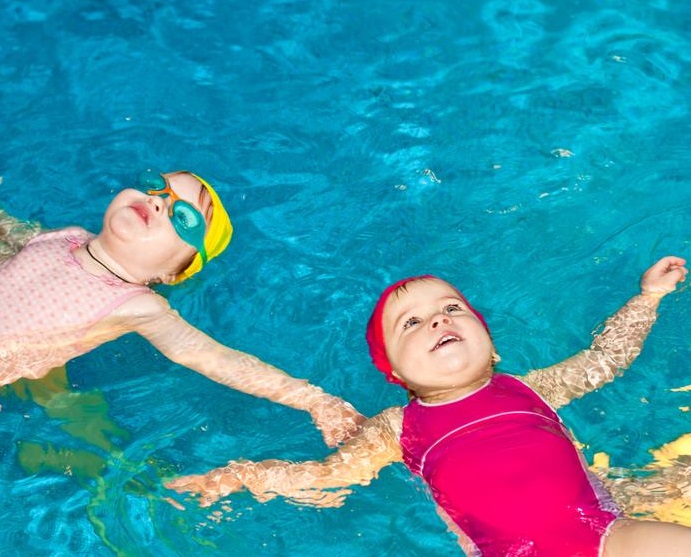
Source: Children’s Services Council of Broward County Florida Facebook
In 2015, between January and September, 5,212 vouchers were issued and 1,704 vouchers were redeemed, which means, through SWIM Central, CSC reimbursed over $60,000, which went to local private and public facilities for water safety education lessons.
Because vouchers flew off the “shelf,” Seltzer wanted to secure funding for the next year.
She detailed the successes and necessary improvements to the voucher program and proposed that $50,000 for the voucher program to be included in regular funding in a presentation to the CSC board during their annual program review in May 2015.
In September 2015, the CSC board voted to include the voucher program as part of regular yearly funding during 2015-2016 fiscal year, beginning October 2015.
Vouchers are available to any Broward County resident with a child under the age of 5.
Providing vouchers for water safety education classes for children younger than 5 could positively influence the number of low-income and minority children who learn to swim.
The ripple effect of water safety at such a young age is tre
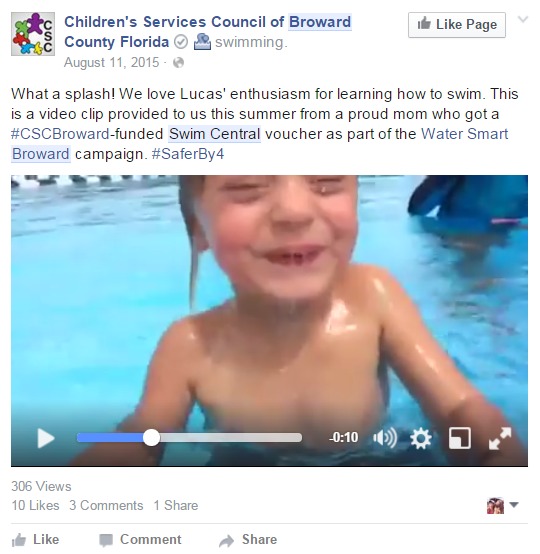
Source: Children’s Services Council of Broward County Florida Facebook page.
mendous, Seltzer said, as not only does water safety open the door to numerous physically active water activities—swimming, diving, water volleyball, water polo, water aerobics, tubing, canoeing, and knee boarding—but, it also improves confidence and, according to a study by the Griffith Institute of Education Research, early swimming is associated with improved math, language, and motor skills.
CSC is also monitoring the new voucher program to ensure it is accomplishing its target goals of reducing the drowning rate among children under 5.
“We will keep looking at it until we get it right,” Seltzer said.
CSC and SWIM Central will also keep looking at opportunities to continue to grow.
“More often than not, a program like this, run at city or county level, is thrown on the aquatics people on the off seasons,” Sanford said. “Because we are a stand-alone, because we have our own budget, and because of the effective way we operate, we are able to reach more kids in process.”
Read another Salud Hero story about SWIM Central.
Explore More:
Green & Active SpacesBy The Numbers
33
percent
of Latinos live within walking distance (<1 mile) of a park
This success story was produced by Salud America! with support from the Robert Wood Johnson Foundation.
The stories are intended for educational and informative purposes. References to specific policymakers, individuals, schools, policies, or companies have been included solely to advance these purposes and do not constitute an endorsement, sponsorship, or recommendation. Stories are based on and told by real community members and are the opinions and views of the individuals whose stories are told. Organization and activities described were not supported by Salud America! or the Robert Wood Johnson Foundation and do not necessarily represent the views of Salud America! or the Robert Wood Johnson Foundation.


